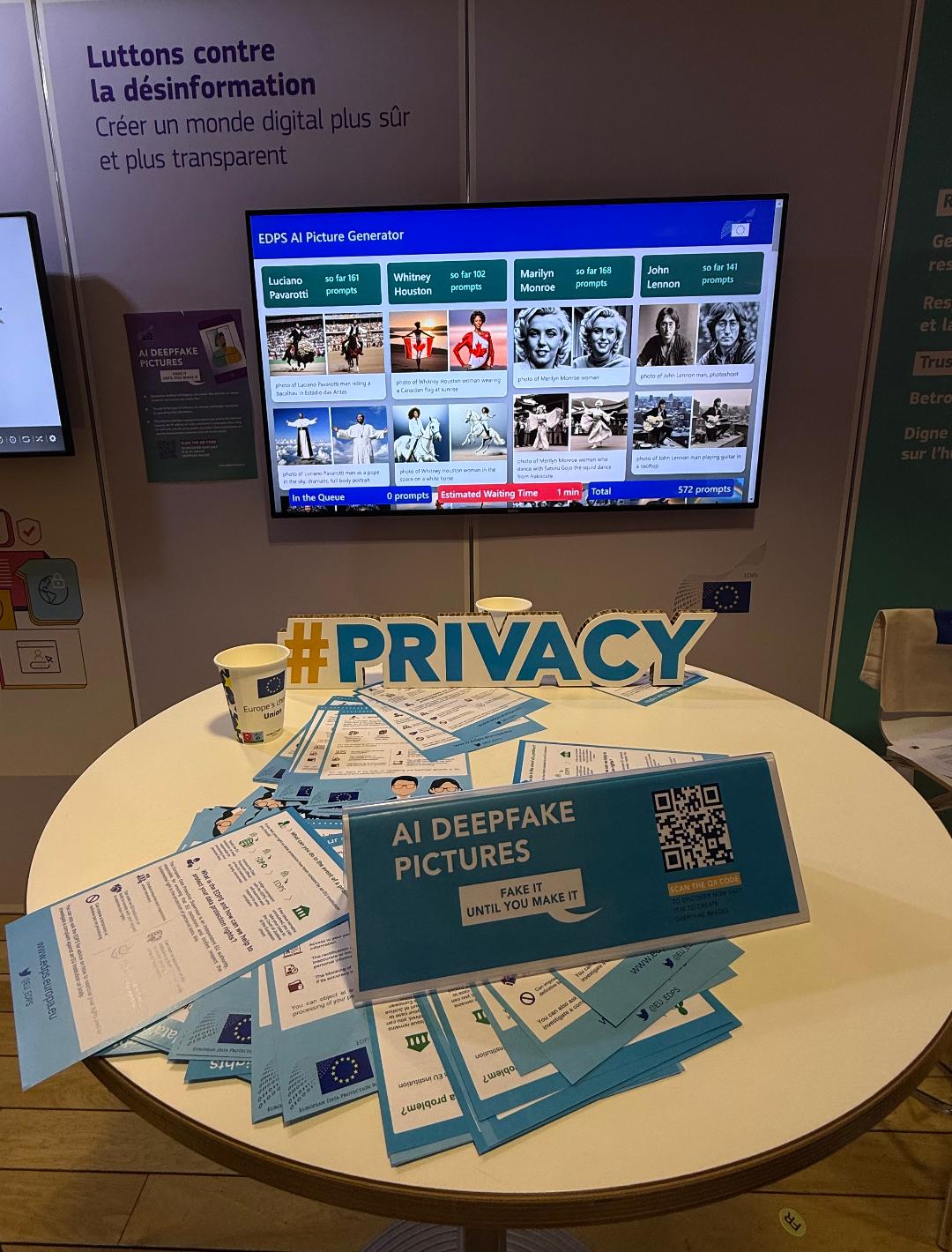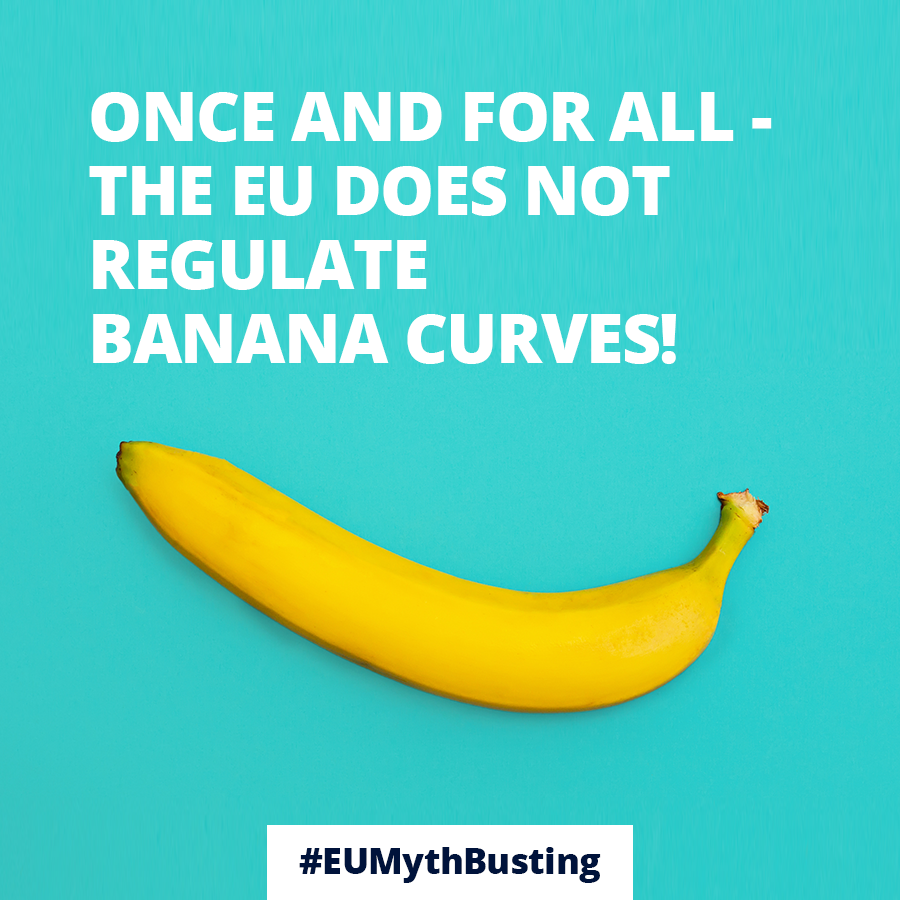As one of the most complex and misunderstood political entities in the world, the EU is frequently the subject of distorted narratives, viral falsehoods, and AI-generated manipulation. Most of this disinformation doesn’t even come from bold political accusations. It hides in everyday claims — about food safety, digital rights, environmental rules, or even what currency will look like in five years. For young people growing up online, many of whom are not yet voters but are hyper-engaged in social media, the danger isn’t just being misinformed. It’s being misled without even realising it.
In early 2024, a manipulated video began circulating widely on social media. It appeared to show a France 24 journalist reporting that Ukraine had planned an assassination attempt against French President Emmanuel Macron. The footage looked convincing at first glance — the branding was familiar, the delivery calm — but the entire clip was a deepfake. AI-generated visuals and a synthetic voice had been used to impersonate the journalist and fabricate the story. The video spread quickly across platforms like X (formerly Twitter) and Telegram before being flagged and debunked by fact-checkers. Although it was removed, its brief lifespan highlighted how easily synthetic content can be used to undermine trust and inject confusion into the European information space.

Virginia Kouridaki©
A separate but equally concerning campaign was uncovered around the same time. Known as “Doppelgänger,” it involved cloned websites designed to mimic official EU pages and reputable news outlets. These fake sites published false stories with a distinctly institutional tone, such as claims that the EU would replace cash with a digital euro by 2026 or that Erasmus+ funds were being diverted to finance military operations. One article even claimed a new “click tax” was coming for social media users. While these stories were fabricated, the sites’ visual design — including EU logos, formatting, and language — made them appear authentic. The aim wasn’t to shock but to subtly mislead, preying on the trust users place in familiar formats (European Commission, 2023a).
These are not isolated incidents. According to the European Digital Media Observatory (EDMO), false content related to the EU increased by 35% between 2022 and 2024 — with the sharpest upticks before major announcements or events such as elections and policy summits (EDMO, 2024). The majority of this misinformation circulates through short-form videos and screenshots, not long articles or manifestos. Its strength lies in being visual, immediate, and, above all, emotionally charged.

